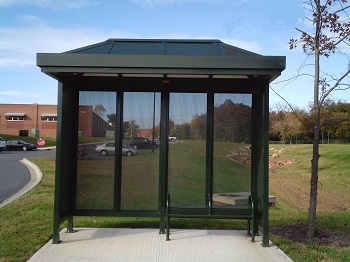American consumers feel that smartphone based shopping has a greater draw than the in-store experience.
According to the results of recent research that was conducted by Dynatrace – an app performance management firm formerly known as Compuware APM – 37 percent of American smartphone and tablet users see mobile commerce as a more appealing experience than actually going to a store’s physical location in order to make a purchase.
The research also found that many Americans will be choosing m-commerce for their holiday shopping.
In fact, among tablet owners, 42 percent said that they will be doing more of their holiday shopping this year over mobile commerce channels than they did last year at the same time. This makes it look as though this year – which was one that saw a considerable number of milestones in the mobile technology category – has the potential to break some records when it comes to sales over smartphone and tablet optimized websites and retail apps.
Among the respondents 37 percent said that they would do more shopping over mobile commerce than in store.
 They indicated that they will be using m-commerce over smartphones and tablets more often throughout the holiday shopping season than they would be going into physical store locations in order to buy what they want.
They indicated that they will be using m-commerce over smartphones and tablets more often throughout the holiday shopping season than they would be going into physical store locations in order to buy what they want.
The research involved the participation of 1,353 people in the United States who own smartphones and/or tablets. It was conducted by Harris Poll on behalf of Dynatrace in October. It found that even among the consumers who will be going to physical store locations, 25 percent will be making purchases over their mobile devices while standing inside the shops.
According to the Dynatrace director of omnichannel strategy, Erwan Paccard, mobile commerce has “transformed holiday commerce—in fact, retailers are at a tipping point, as they must perform for mobile users or perish at the hands of competitors.” He added that consumers are bringing their smartphones, and even tablets, into stores with them on an increasing basis and are “becoming virtual shopping assistants. And when users encounter poor-performing mobile sites and apps, they buy from competitors and broadcast their frustrations.” He pointed out that retailers that fail to cater to those consumers over the holiday season “do so at their own peril.”

 The displays were created by Grand Visual, which is a company that creates digital out of home
The displays were created by Grand Visual, which is a company that creates digital out of home 